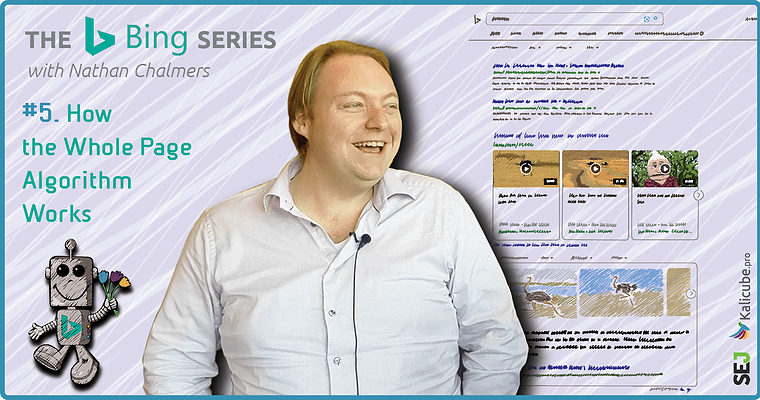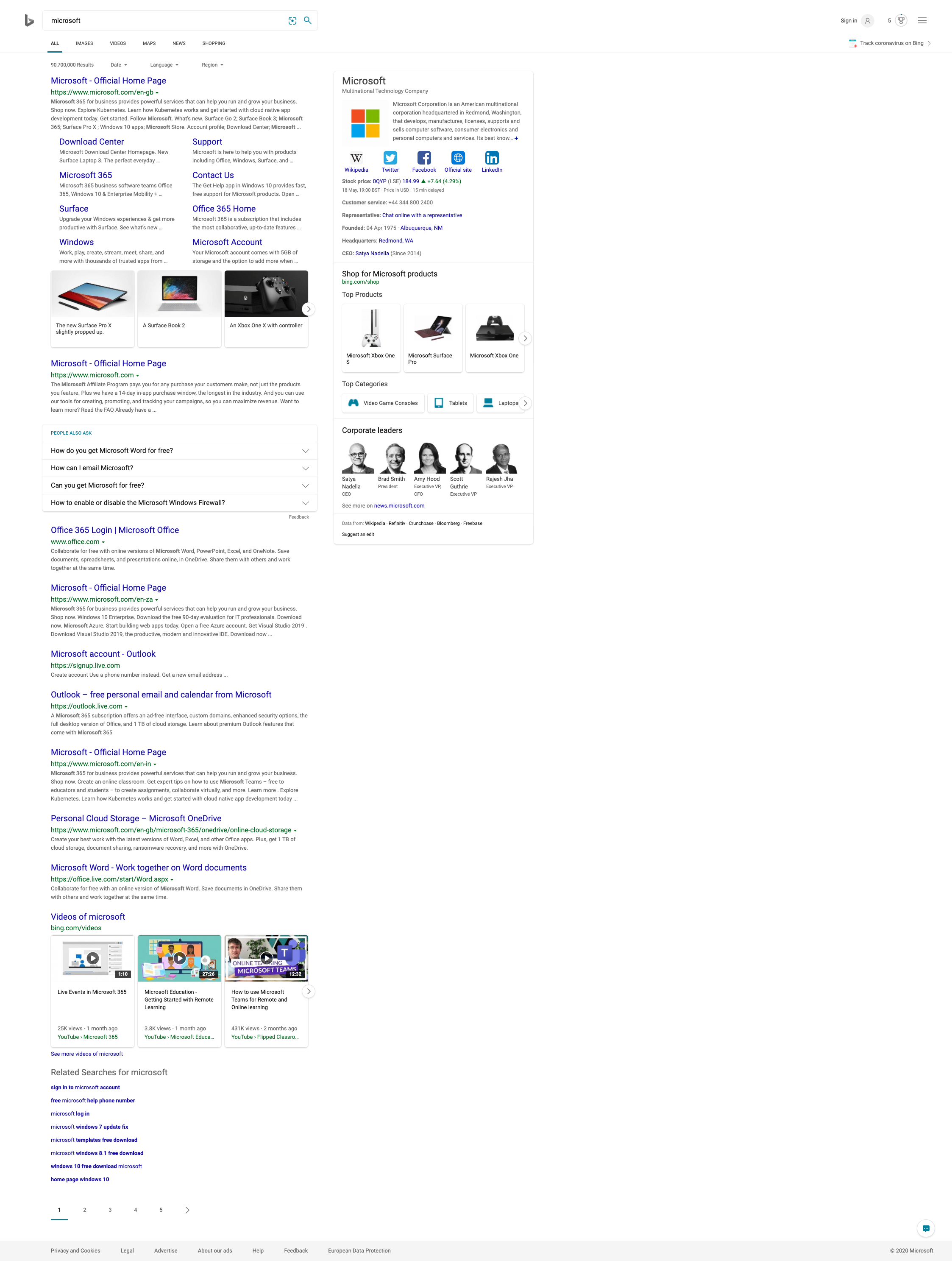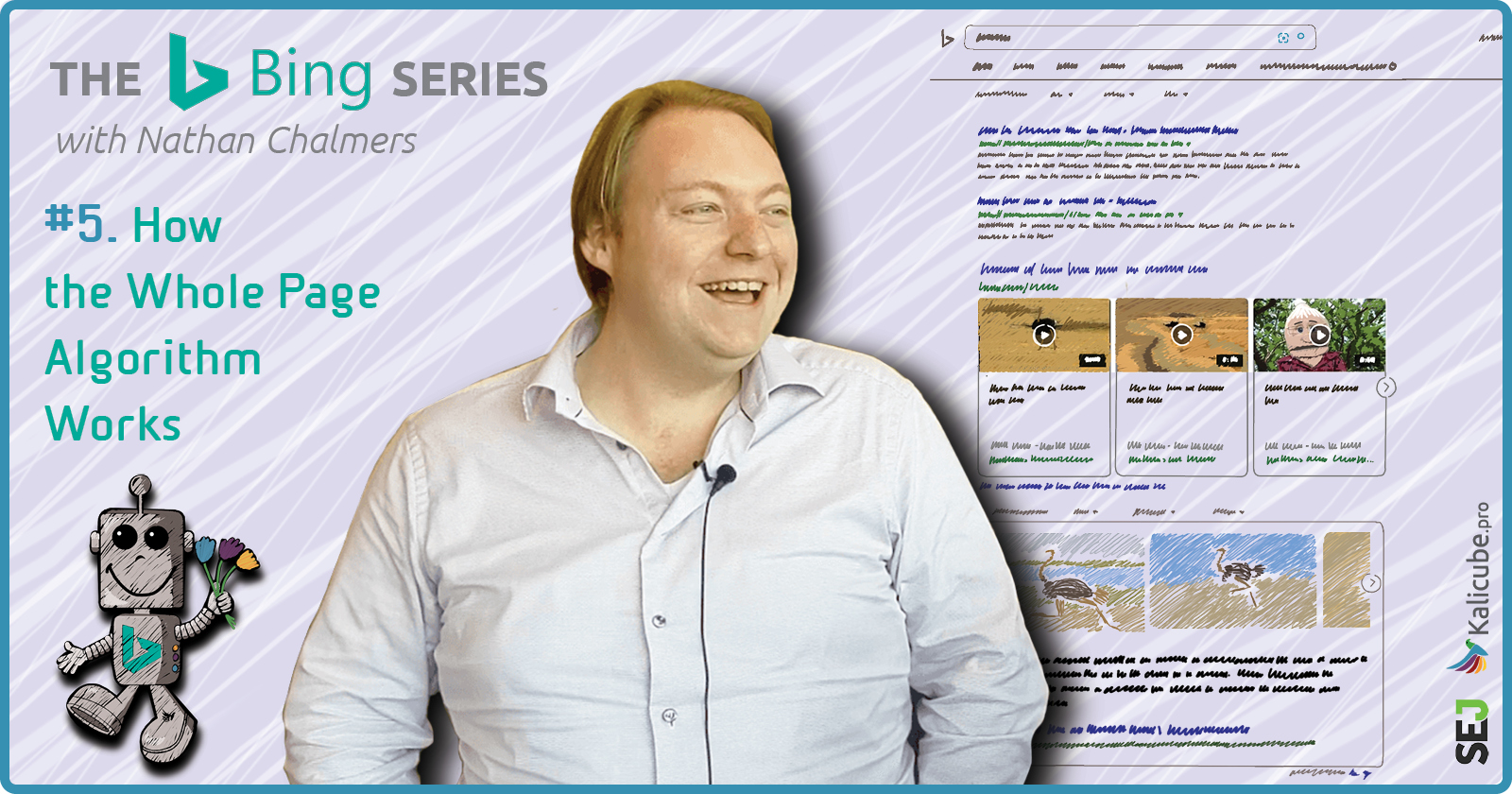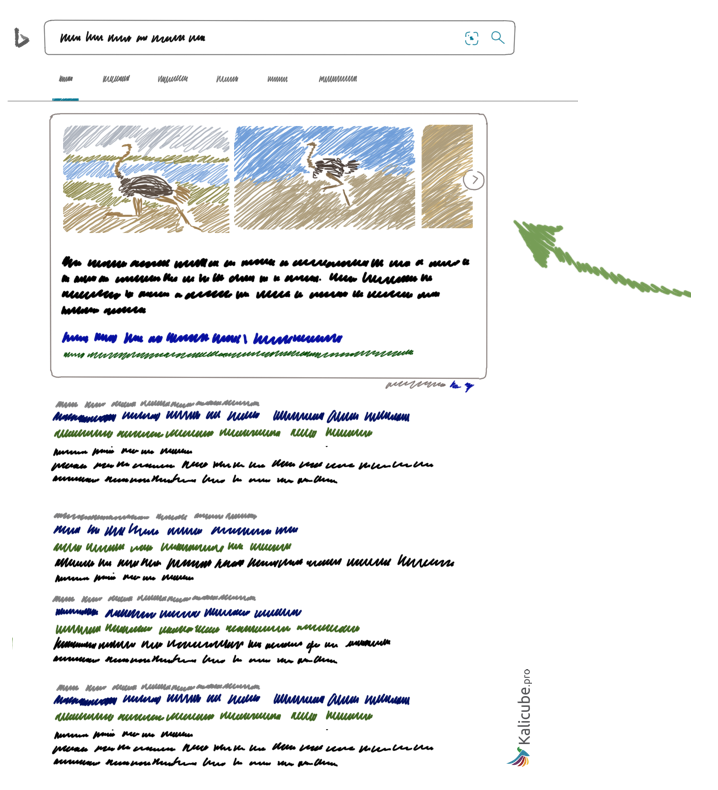Bing has a whole page algorithm that organizes the content of the SERP before displaying it to the user. Learn how it works from Bing’s Nathan Chalmers.

A year ago, I didn’t know there was a Whole Page Algorithm.
The concept had never occurred to me.
Turns out that search engines like Bing have whole page algorithms that filter the candidate sets and organize the content and organization of the SERP before displaying it to the user.
For me, that is the one single most stunning insight since Gary Illyes told me about how ranking rich elements (a.k.a., SERP features) works.
If you don’t know what I mean by “candidate set”, that article is a must-read since that concept is a must-know for appreciating the rest of this article.
And, as with a lot of other insights I heard in this series, once I had heard it, it is logical and now seems obvious.
Darwinism in Search Is a Good Way to Look at How a Modern, Rich SERP Is Built
Nathan Chalmers is the Program Manager for Bing’s Search Relevance Team. (And he thinks my theory about Darwinism in search is “really cool.”)
Chalmers confirmed I had got the overall ideas and concepts right, but that the process is less mechanical than I was suggesting and that I was missing some important details.
Details he proceeded to explain to me.
Candidate Sets Are Bidding for a Place on the SERP
There are multiple teams who manage the candidate sets that bid for a place on the Bing SERP.
Candidate sets simply mean SERP features (or rich elements as I will call them) that are bidding for a place on the final SERP.
Those candidate sets / rich elements (video boxes, image boxes, recipes, knowledge cards, people also ask, etc.) get a place on the SERP if they can bring more value to the user than the incumbent blue links.
Up to there, all very Darwinian.
But then the Whole Page Algorithm sits on top, acting as a kind of “last-step referee” to filter out, define SERP layout, and maintain balance.
In short, it molds the SERP to best serve the user on a query-by-query basis.
It is building the product.
What do I mean?
If you bear in mind that each and every search engine results page (SERP) is a product that Bing and Google are selling to their users (albeit free to the user, paid for directly or indirectly by advertising), then the question the Whole Page Algorithm answer can be summarized as**:**
“What product does Bing want to provide to its customers?”
The Whole Page algorithm’s role is to produce the best product possible from the available parts proposed by the candidate sets.

This is a nice, rich, and well-balanced SERP that serves the user very well. As luck would have it, it is a Brand SERP – my pet topic at Kalicube.pro_
Let’s Break It Down
Blue Links Always Have a Place
The blue links are the foundation upon which everything else is built and the standard to which every candidate / rich element is compared.
For any other rich element to take the place of a blue link, it has to provide the user with a “better” experience than the blue link.
Chalmers phrases it this way: “get the user to satisfaction more efficiently.”
Importantly, blue links always have a place.
Perhaps as few as 3, perhaps as many as 10 or 12, but they are always there, and will be for the foreseeable future since they are the foundation.
#seo #algorithms


